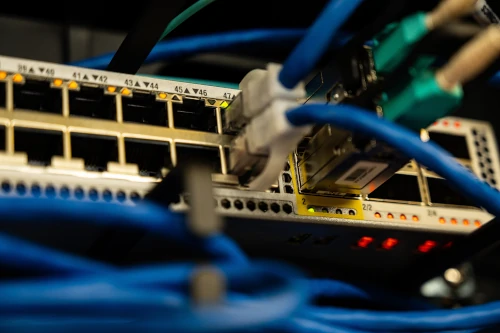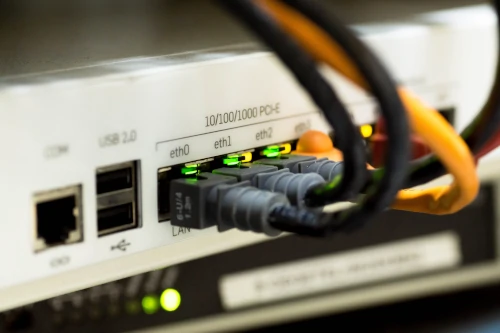Choosing the Right Network Cabling for Your Business
Configuring your network correctly is essential for any modern business. Network cabling ensures efficient communication and data transfer between devices across a local area network. By understanding the basics of network cabling, you can set up an effective and secure system for your business.
This guide will explain the different types of cabling and their optimal applications, so you can choose the right one for your organization
There are several types of cabling which vary in size, speed, performance, and cost. The most popular choice is twisted pair cable, which works with Ethernet and is incredibly easy to install, as it comes in pre-terminated reels. Fiber optic cable also provides an extremely fast transmission rate but is more expensive than twisted pair. Coaxial cable and wireless options are also available for businesses that require a complex network setup.
Understand Your Network’s Requirements
Before making any decisions about network cabling it’s important to determine the exact requirements and structure of your network. This will inform your choice as different types of cable are better suited to certain applications. For example, fiber optic cable is ideal for larger networks or if multiple users need fast access to data from one location. Twisted pair cabling may be sufficient for smaller networks and is suitable for locations where speed isn’t as critical.


Different Types of Network Cables: Copper vs Fiber Optic
Copper cable, also known as twisted pair, is the most common and cost-effective method of cabling. However, it is limited in terms of the distance data can travel, typically no more than 305 meters. Fiber optic cables offer greater speed and security and allow for much longer distances and capacities than copper cables. They are generally used for large distances and require a sturdier infrastructure than copper cables but are an ideal choice if speed or security are your main concerns.
Assess Coverage Area and Connection Speeds
Before selecting the right network cabling, it’s important to take into consideration the distance of the cables, as well as your connection speeds and data transfer amounts. Estimate the total coverage area needed, then determine whether a fiber optic or copper solution is most suitable for your environment. For areas requiring greater distances and connection speeds, fiber optic cables will provide improved performance and higher data rates over longer runs.


Consider Security Implications of Each Option
Network security should also be taken into account when choosing the right network cabling solution. Fiber optic cables are considered more secure than copper because they don’t emit any radiation that could be intercepted by hackers. Additionally, fiber optics have higher bandwidths and transmission speeds than copper so data is sent in less time and with a higher level of security. As such, businesses that require greater levels of protection for their data may benefit from using fiber optics as a communication medium.
